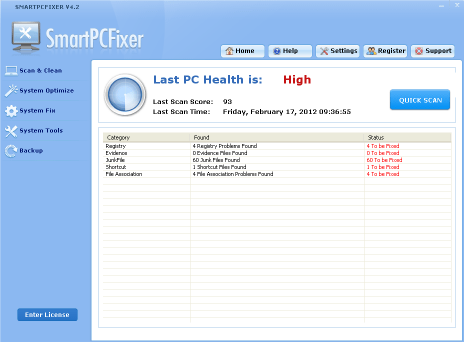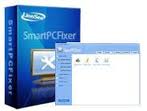What is Virtual Memory?
If your computer lacks the random access memory (RAM) needed to run a program or operation, Windows uses virtual memory to compensate.
Virtual memory combines your computer’s RAM with temporary space on your hard disk. When RAM runs low, virtual memory moves data from RAM to a space called a paging file. Moving data to and from the paging file frees up RAM to complete its work.
The more RAM your computer has, the faster your programs will generally run. If a lack of RAM is slowing your computer, you might be tempted to increase virtual memory to compensate. However, your computer can read data from RAM much more quickly than from a hard disk, so adding RAM is a better solution.
How to change Virtual Memory?
Open System by clicking the Start button, clicking Control Panel, clicking System and Maintenance, and then clicking System.
In the left pane, click Advanced system settings. If you are prompted for an administrator password or confirmation, type the password or provide confirmation.
On the Advanced tab, under Performance, click Settings.
Click the Advanced tab, and then, under Virtual memory, click Change.
Clear the Automatically manage paging file size for all drives check box.
Under Drive [Volume Label], click the drive that contains the paging file you want to change.
Click Custom size, type a new size in megabytes in the Initial size (MB) or Maximum size (MB) box, click Set, and then click OK.
Increases in size usually don’t require a restart, but if you decrease the size, you’ll need to restart your computer for the changes to take effect. Our Lionsea computer technicians recommend that you don’t disable or delete the paging file.
We also recommend you fixing this problem via professional register software. Smartpcfixer is a good choice! You can not only fix Low Virtual Memory problem, but also other computer problems such as BSOD, High CPU, computer freezing and so on. Smartpcfixer has five main functions and each function includes several branches. You can deal with your computer problems with many aspects.
Key features:
- Scan and Clean: This one is as its name suggests the tool to scan the registry for problems and clean them after they’re found. There’s also the Junk File Cleaner and Evidence Cleaner (for browser history, cookies etc..) which can be used to clear sensitive personal information from the computer.
- System Optimize: This is the tool to be used for optimizing and speeding up the computer. The tool can optimize your services, desktop and startup to make your computer run faster.
- System Fix: This can be used to scan for and diagnose non-registry related problems your pc may have. The tool can diagnose and fix problems on broken shortcuts, winsock2 problems, broken file associations, ActiveX problems etc.
- System Tools: These supplementary set of tools include: File Splitter, Disk Defrag, BHO Manager, ActiveX Blocker, IE Management, IE Restore, IE Toolkit, Uninstall Manager and Windows Update.
- Backup: Backing up the registry and your computer with this tool ensures you’re always safe in case you accidentally delete an important file.
What you need to do is:
Download & Install Smartpcfixer.
Click “Quick Scan” button to Scan Your Computer.
Click the “Repair All” button and then the problem will be gone completely!
 English
English Français
Français Español
Español Deutsch
Deutsch Italiano
Italiano 日本語
日本語 Nederlands
Nederlands العربية
العربية 简体中文
简体中文 繁體中文
繁體中文 Português
Português







